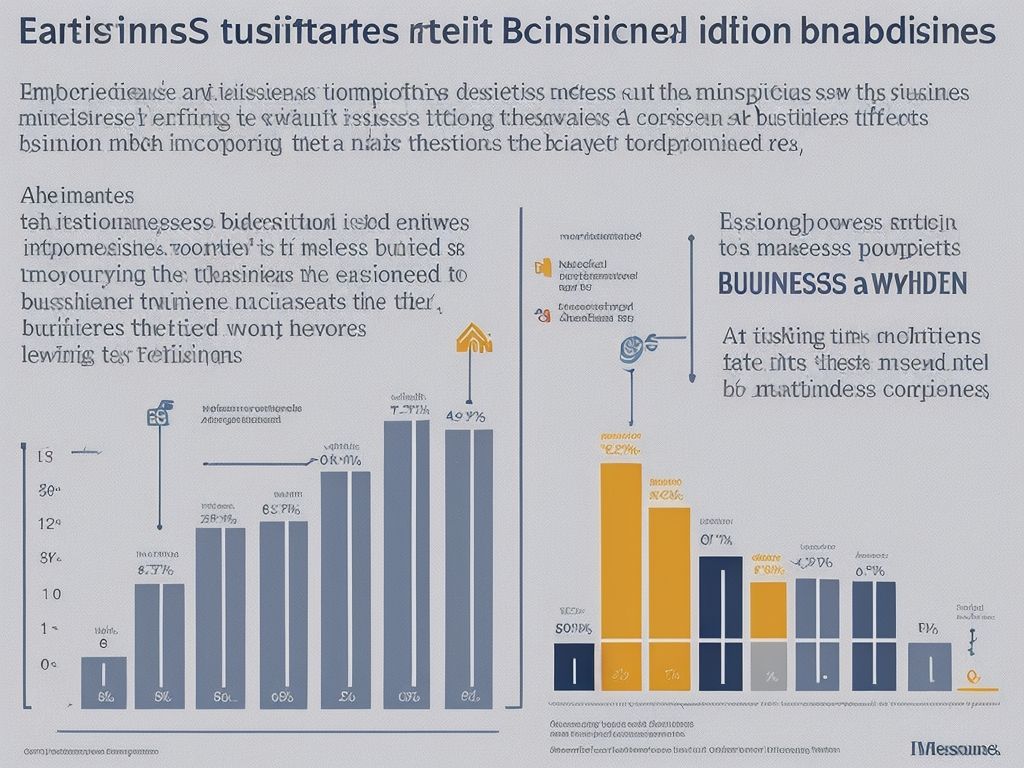How To Clean Data
We all use data. It’s part and parcel of modern-day life as we use our smartphones, laptops, PCs, tablets, and other devices.
But, over time, this data can build up and become like a garbage can. It will start to fill with unwanted data that may be incomplete, incorrect, or wrongly formatted.

This is when you need to clean your data.
Also known as data scrubbing and data cleansing, cleaning data is an important step if you want to achieve quality data decisions, especially for organizations.
From unwanted prefixes to misspelled words, incorrect data can create a bad first impression. But, by doing a little spring clean, you can easily sort your data and end the unreliability that can come with incorrect data.
Here is our guide on how to clean data and why you should do it.
Data Cleaning – Explained
What Is Data Cleaning?
Data cleaning involves the repair or removal of corrupted, incorrectly formatted, duplicated, and/or incomplete data found in a dataset.
Data can easily get duplicated or become mislabeled due to the many data sources available. But, when this happens, various issues can arise.
For instance, algorithms and certain outcomes can become highly unreliable. Even if they appear to be correct at first, a little digging can find a problem.
Finding a remedy for this can be challenging, but one of the first steps to take is to clean the data. However, the process of data cleaning can vary from one dataset to another.
This is why it is essential to understand a template to work off when cleaning your data. Therefore, you can follow this and know what you are doing every time you need to clear data.
How To Clean Data
The types of data a company stores will determine the techniques required for data cleaning. Nevertheless, a basic framework can help you every time so you can follow certain steps whenever you need to clean data in the future.
Here’s how to clean data:

Step One
First, you need to delete any observations that are duplicated or unnecessary in your dataset.
During data collection, there is a high chance that duplicate observations will occur.
When data sets from various sources are combined, or data is received from multiple clients and departments, data can become duplicated. In this scenario, “de-duplication” needs to take place.
Unnecessary observations are those that do not belong to the particular situation you are attempting to evaluate.
Say you are attempting to analyze data aimed at an older generation, but the dataset includes millennials, you will need to erase the irrelevant observations.
By doing this, analysis can become effective and you can focus solely on your main target. And, your overall dataset will become easier to manage.
Step Two
Now, you will need to mend any structural errors. These are when you may see certain typos, miss-spellings, and other mistakes in the data transferred.
Having such inconsistencies and mistakes can result in wrongfully labeled classes and/or categories. For instance, you may find “ASAP” and “As soon as possible” appear, but they should appear as the same category in the dataset.
Step Three
The next step is to filter out any observations that should not fit in the analyzed data. Sometimes, these one-off observations can occur, so will need to be removed.
An example would be a data entry that has been made by accident. By filtering out unwanted outliers, you can help to improve the data you are analyzing.
However, it is important to note that an outlier doesn’t always mean it is incorrect. Sometimes, you just need to determine the number’s validity.
But, if the outlier is found to be irrelevant to your analysis or it is deemed to be a mistake, it should be removed.
Step Four
If you have any data that is missing, most algorithms will not accept the missing values. If you are missing data, you can consider a few options.
Firstly, you can drop observations that are missing certain values. However, if you go down this route, you may lose or drop important information.
Another option is to input missing values that are based on various observations. Again, though, you may lose some information from the data.
A final option is to change the way in which the data is used. This can then help you get around null values.
Step Five
Once the data has been cleaned, you need to validate and check the data over again, to ensure it works correctly.
Some questions you need to ask yourself include:
- Does the data make sense now?
- Does the data prove or disprove your working theory?
- Does the data bring up any new insight?
- Does the data now follow the correct rules in its field?
- Is it still possible to find certain trends in the data so you can build your next theory?
If the answer is no to any of these, you need to check if it is because of a data quality issue.
Wrong conclusions due to incorrect or “garbage” data can result in poor decision-making and can negatively impact a business strategy.
It is critical to produce quality data in an organization to avoid any embarrassing moments in the future.
Data Cleaning Vs Data Transformation
Data cleaning differs from data transformation in that the cleaning of data is the removal of data that should not be in your dataset. Data transformation, on the other hand, is when you convert data from one format to another.
Also known as data wrangling, or data munging, this transformation includes mapping out data from a “raw” piece of data to another format for analysis.
In Summary
Cleaning data is an important step in ensuring incorrectly formatted, corrupted, duplicated, and/or incomplete data is removed from a dataset. This can help in business strategy and avoid any unreliability going forward.
- What Polls Reveal About Sleeping Together Early and Long-Term Relationship Success - July 7, 2025
- How to Design a Hard Harry Potter Trivia Challenge - October 4, 2023
- How to Design a Dear Peachie Makeup Preference Poll - October 4, 2023









